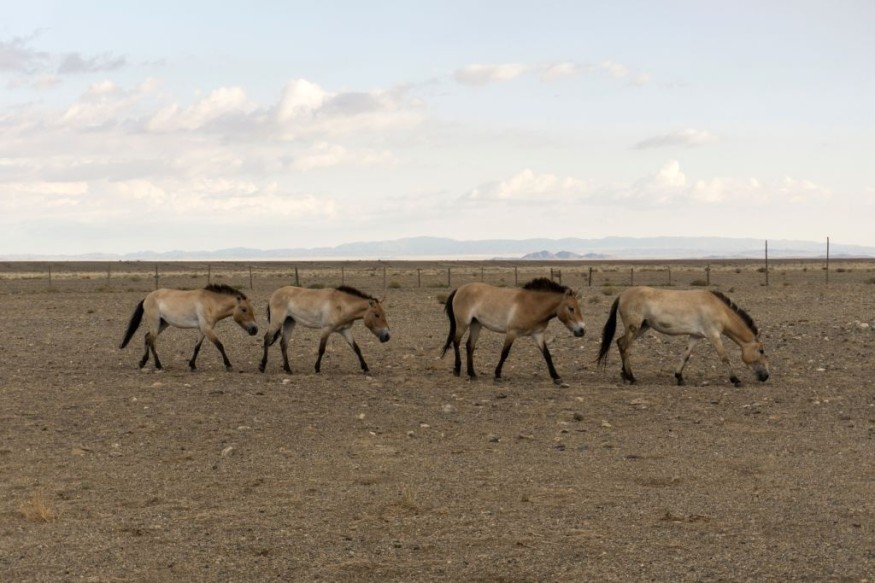Researchers discovered the ancient horse genomes that can offer new insights into the earliest origins of modern horses, tracking back 4,200 years ago. The study suggests how humans began to spread in domesticating horses worldwide.
Horses had played a significant role in many civilizations. They were crucial in the development of early civilizations because they were used for transportation and delivering products or goods.
As a result, understanding these species can offer new insights into their behavior, including the first records of horse domestication.
Horse domestication and its ancient genome

According to a recent report, the origin of domestication can be traced back approximately 4,200 years. This early ancient horse genome is believed to have become dominant in Eurasia before spreading across parts of the globe. The researchers analyzed over 475 ancient horse genomes based on different archaeological sites in Eurasia.
In addition, the report highlights that genetic diversity among horse populations began to dwindle or decline due to the emergence of new lineage in Europe. The researchers highlight that this helped with the arrival of horse domestication. The study was published in Nature.
Another aspect of the discovery is the dominant lineage of horses, which underwent genetic mutation. Researchers explained that this mutation allowed horses to reshape their backs, making them more accessible for people to ride. Additionally, this finding helped to spread this lineage in Eurasia.
As the horses shaped their back, it is considered an essential adaptation for human domestication of horses.
In addition, the researchers noted the dominant lineage that first emerged in the Pontic-Caspian Steppe. The area is known as the Plans region, spanning Bulgaria, Ukraine, and southern Russia.
This region in the Pontic-Caspian Steppe played a significant role in the initial domestication of horses. Additionally, in 300 hundred years, the horses found in Spain were related to Russia. This highlights the potential breeding of these horses in other areas.
Sintashta people and the domestication of horses
One of the fascinating questions about this discovery is how the lineage spread and who domesticated these horses. According to the report, the Sintashta people likely began domesticating horses in the Bronze Age civilization. They used local horses to expand their territory, and the breeding process allowed the lineage to spread to other areas.
The report also emphasized that domesticating wild horses underwent a gradual process over a thousand years ago. Humans likely selected horses that catered to their needs.
In addition to these findings, the earliest evidence of humans consuming horse milk was found in dental remains, which date back about 5,500 years. Meanwhile, the earliest information about horse ridership dates back 5,000 years.
Understanding this development and diversity of horse lineage can offer new information into their prehistoric existence thousand years ago.
Related Article : Ancient Horse Burial Mystery in France Dating 2,000 Years Ago Linked to Gallic Wars or Sacrificial Rituals
For more similar, don't forget to follow Nature World News
© 2025 NatureWorldNews.com All rights reserved. Do not reproduce without permission.





